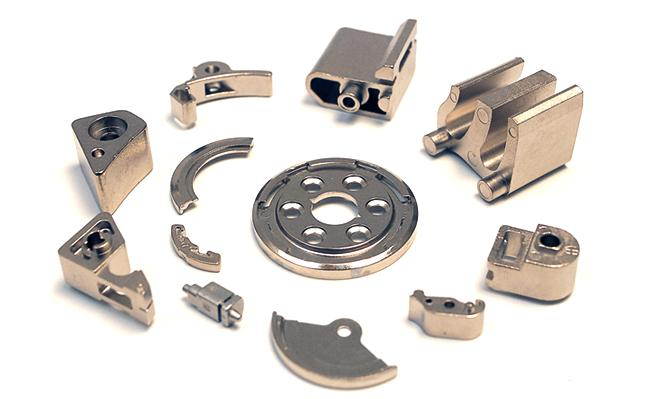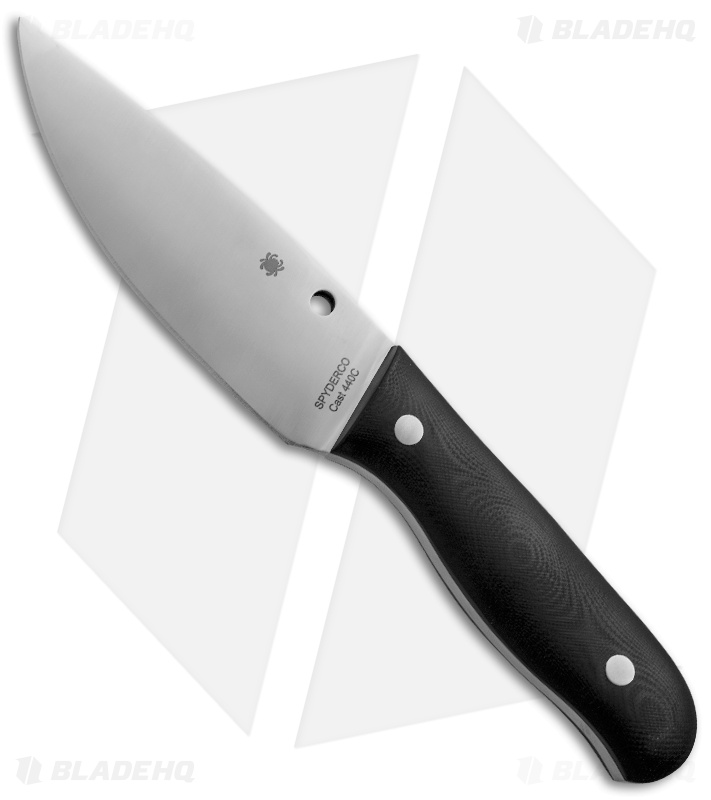- Joined
- Mar 8, 2008
- Messages
- 26,022
I am not sure what you’re referring to as PM. If it’s powdered metallurgy blades, MIM blades are not stronger and tougher than “CPM” blades.
Yes and no. CPM process steels used in knives have been processed into sheet and bar stock by hot or cold rolling after sintering, which lowers the porosity and is technically a forging process, introducing grain flow. Compared to unrolled PM steel parts, MIM is stronger. But with knives you're using an additional intermediary step while in the other you're directly forming the finished part without additional processing. One could, in theory, use MIM to create a very strong pre-forging blank of a complex part and then forge it the rest of the way to shape from that and end up with a very strong forged product that would exhibit grain flow.
In a standard PM process all of the fusion that occurs is during the compaction stage, while in MIM sintering is also performed. Density of a PM part without any further processing is roughly 85-92% that of a forged or machined part, while the sintering of the MIM process allows it to achieve even as high as 99% of the density of a forged or machined part, though 98% is more typical.




